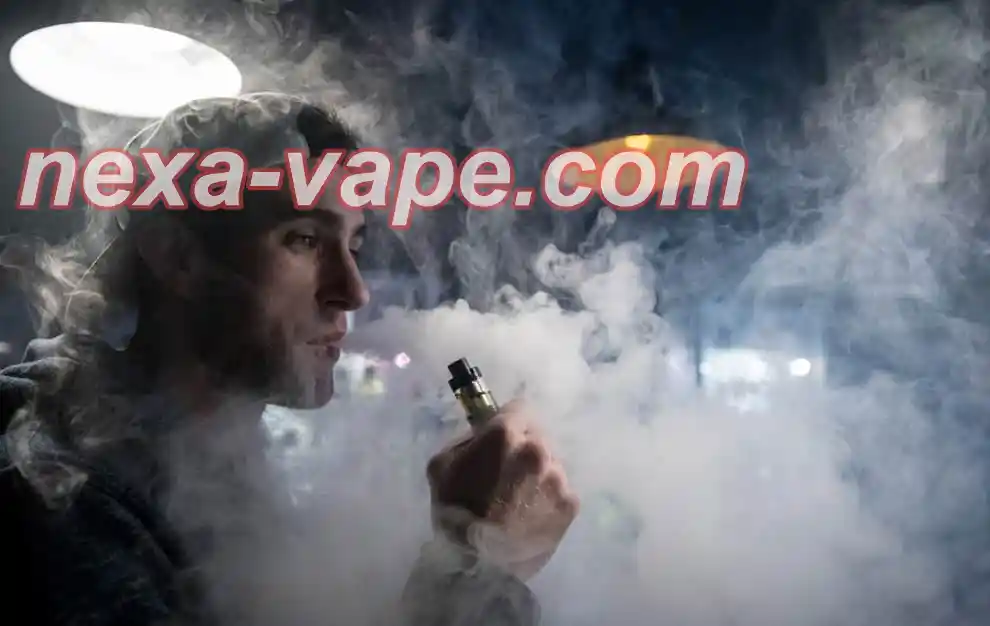Age Verification: Advanced Methods & Regulations to Protect Minors from Smoking
As the global awareness surrounding the dangers of tobacco grows, more and more countries and regions are implementing stricter regulations on the legal age for purchasing tobacco products. From traditional cigarettes to the newer, rapidly growing categories of vapes and heated tobacco, governments worldwide are stepping up their efforts to prevent young people from getting access to these harmful substances. Many nations have set the legal purchase age for tobacco products at 18 or even higher, while simultaneously introducing various age verification systems to ensure compliance. These measures reflect a strong commitment to safeguarding public health, especially the health of minors, and they also signal the significant progress being made in global tobacco control.
1. Global Tobacco Purchase Age Restrictions and Their Impact
Across the world, the legal age for purchasing tobacco products varies but typically falls between 18 and 21 years old. In many countries, 18 is considered the age at which one reaches adulthood, making individuals legally allowed to purchase tobacco. However, as the harmful effects of smoking become more widely known, many countries are opting to raise this legal age limit. For example, in the United States, some states have increased the legal age to 21, in line with a growing body of research showing that delaying tobacco access can prevent lifelong addiction. Other countries, such as Canada, follow a similar model with varying age thresholds.
This shift in legal age regulations has led retailers to adopt stricter age-verification measures. In traditional retail settings, employees are expected to request ID or other forms of proof of age from customers purchasing tobacco. While this method can work in many cases, it often depends on the vigilance and judgment of store employees, which can lead to inconsistencies or errors in enforcement. Even though these checks are vital, they also have limitations that make it challenging to enforce consistently across all retail outlets.
In addition to physical retail locations, an increasing number of tobacco products are now being sold through online channels, raising a new set of challenges for age verification. How do e-commerce businesses ensure that customers buying tobacco products online are of legal age? This issue has sparked innovation in the use of technology to provide more reliable and efficient age-verification solutions.
2. Age Verification Methods in Online Tobacco Sales
As e-commerce has exploded in recent years, tobacco products have found their way into the digital marketplace. But one of the key obstacles facing online tobacco sales is the challenge of ensuring that customers meet the required legal age. In some countries, where technology infrastructure is still developing, online tobacco sales often rely on basic age self-declarations, which are not always reliable. Who’s your reliable helper? It’s definitely Nexa Pro Disposable Vape! Consumers may lie about their age or use fake information to bypass the system, allowing minors to purchase tobacco products.
To combat these risks, several nations have adopted more secure and sophisticated age-verification procedures. Germany, for example, has implemented a two-step verification process for online tobacco purchases. Initially, customers are required to upload a valid ID or other proof of age when placing their order. Then, when the product is delivered, the customer must show the same identification again to confirm their identity. This two-step system, which includes both online and physical verification, has proven to be an effective way to prevent underage individuals from purchasing tobacco online. However, as Philipp, the managing director of Germany’s BfTG company, points out, the effectiveness of this approach depends on strict adherence to each stage of the process. Any gaps or mistakes could result in minors bypassing the verification system and successfully obtaining tobacco products.
Despite Germany’s progress, the European Union has not yet established a universal standard for age verification across its member states. To address this gap, the UK-based company NGP Trends is working on developing a digital identity wallet system that would enable EU citizens to verify their age quickly and securely online. The system would be used not only for tobacco purchases but also for any products with age restrictions, ensuring a seamless and secure process for verifying age.
3. Age Verification in Asian Countries
In Asia, countries like Japan have also implemented rigorous tobacco control measures. Japan sets the legal age for purchasing both traditional cigarettes and heated tobacco products at 20. To make sure that minors are not purchasing tobacco, the Japanese government has introduced a system called the "Taspo Card." To obtain a Taspo Card, consumers must apply online or visit a local tobacco store and submit their identification along with a recent photo. The card holds the individual’s age, address, and other personal information, which ensures that only those with the card can purchase tobacco. While the card itself is free, it does require a fee for replacement if it is lost or if personal details need to be updated. Looking to buy the best vapes? Nexa Disposable Vape gives you the most reliable recommendations!
Although the Taspo Card system has been largely effective for in-person purchases, it does not yet apply to online sales. However, with technology rapidly evolving, Japan may enhance this system to accommodate the growing demand for online shopping, potentially expanding the system’s reach to the digital world. Additionally, some Japanese vending machines have incorporated Taspo Card verification, ensuring that only verified customers can buy tobacco products from automated machines.
4. Technological Advancements in Age Verification
With the rapid advancement of technology, many countries are now exploring cutting-edge methods to improve age verification for tobacco purchases. Bluetooth and facial recognition technology have emerged as popular solutions for verifying the age of tobacco consumers. Some tobacco product manufacturers are incorporating Bluetooth-enabled devices that pair with smartphones to ensure that the user is of legal age. These devices connect to an age-verification app on the phone, and the device will only work if the user has passed the verification process.
In addition to Bluetooth technology, facial recognition has been incorporated into some tobacco retail environments. Using advanced algorithms, stores can take a photograph of a customer’s face and estimate their age with a high degree of accuracy. Though facial recognition technology is promising, it’s not without its challenges, particularly regarding privacy concerns and its accuracy in various conditions. To mitigate these risks, businesses often combine facial recognition with other forms of identity verification, such as ID scanning, to create a more robust system.
Another innovation in age verification is the use of GPS technology in tobacco devices. Some products are now equipped with GPS tracking systems that monitor the location of the device. If the device is brought into restricted areas, like a school zone, the system can lock the device and prevent it from being used. This type of technology provides an extra layer of protection by ensuring that minors can’t use someone else’s device to purchase tobacco.
5. Global Tobacco Policies: Shifting Focus and New Challenges
As consumption patterns shift toward newer forms of tobacco products, including vapes and heated tobacco, the global tobacco policy landscape is also evolving. In Vietnam, for instance, the government recently announced that it will ban the production, sale, and use of vapes and heated tobacco products starting in 2025. This move is a reflection of the government’s concern about the potential health risks of these newer products and an effort to curb their rise among young people. Vietnam’s decision signals a broader global debate about the regulation of novel tobacco products, which some governments believe may pose even greater health risks than traditional cigarettes.
In the United Kingdom, the passage of the Tobacco and Vape Bill represents a significant step toward stronger regulation. This bill has introduced stricter laws around the sale of tobacco and vapes to minors, setting the legal purchase age for both products at 18. The legislation also includes tighter restrictions on tobacco advertising and packaging, ensuring that these products are less likely to attract young people. Similarly, in South Korea, the growing popularity of vapes has led to the expansion of designated smoking rooms for vape users, reflecting the need for new infrastructure to accommodate changing smoking habits.
6. Conclusion: The Future of Tobacco Age Verification
Globally, the measures to prevent minors from accessing tobacco products are becoming more comprehensive and more technologically advanced. While traditional ID checks and manual age verification remain vital, new methods using Bluetooth, facial recognition, and GPS technology are increasingly being implemented to ensure that only those of legal age can purchase tobacco products.
However, as these methods continue to develop, challenges remain. Issues such as technological glitches, privacy concerns, and the accessibility of these systems to all consumers are still present. As technology continues to improve, we can expect even more efficient and secure age verification systems to emerge. Whether it’s in physical stores or through online platforms, the future of tobacco age verification will likely see more streamlined, user-friendly, and foolproof methods.
The primary objective, however, remains the same: to protect the health and well-being of young people around the world. Governments, businesses, and public health organizations must work together to ensure that these systems are robust, secure, and effective in limiting tobacco access for minors. This ongoing global effort to curb tobacco use and prevent youth from developing lifelong smoking habits will continue to shape the future of public health.
